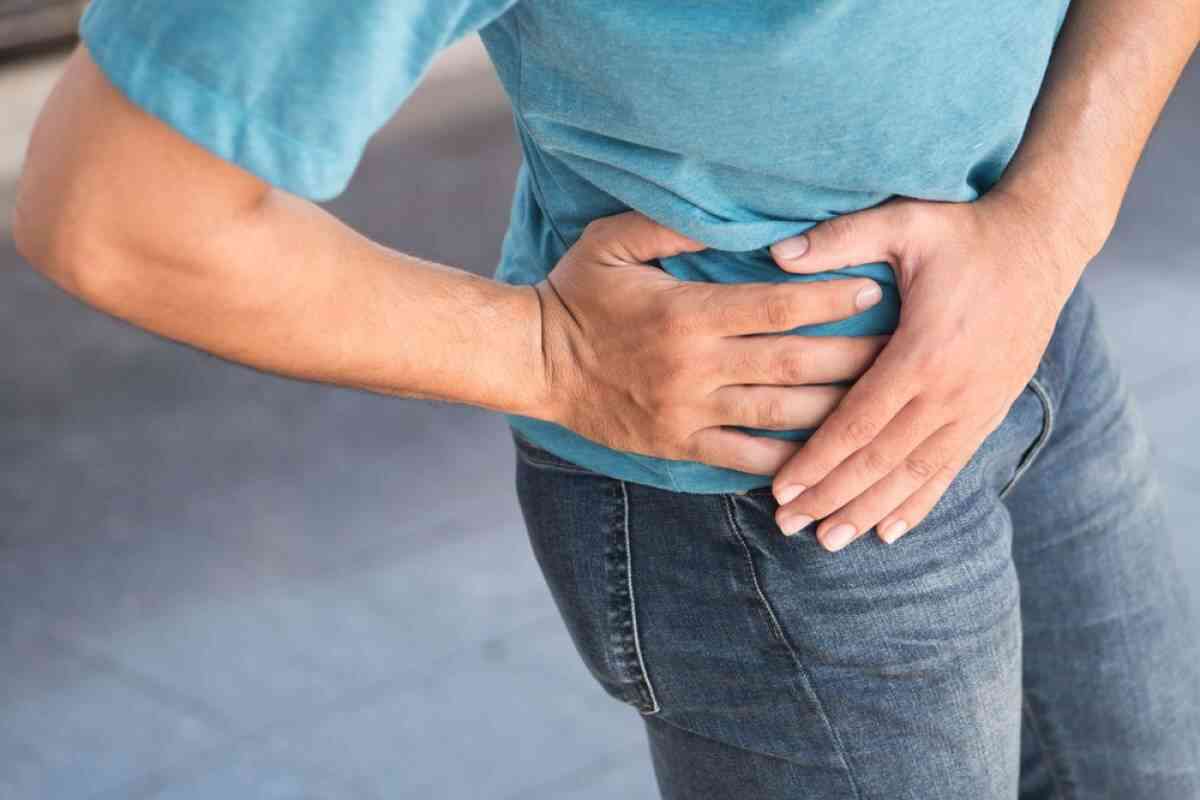10 Ways To Get Rid Of Hip Pain
- - Category: Diseases & Conditions
- - 31 May, 2023
- - Views: 237
- Save

Hip Pain
When you suffer everyday discomfort in your hip from arthritis (the lack of protective cushioning in the joint) or bursitis (inflammation of the fluid-filled sacs that pad the joint), it can make walking, climbing stairs, and bending over difficult. But this does not have to be the case. Here are ten things you can take to manage your hip discomfort better.
1. Daily activities
Exercises that strengthen and stretch the muscles that support your hips can relieve pain and increase your range of motion. The bridge exercise stretches the front of your hip while working your gluteus muscles (the muscles in your buttocks) and hamstrings (the rear of your legs).
Lie on your back, legs bent, feet flat on the floor, hip-width apart. Tighten your core muscles and press down through your ankles to lift your buttocks off the floor. Maintain a straight line from your knees to your shoulders, making sure not to arch your back; hold this position for three to five seconds, then slowly lower your buttocks back to the floor. Begin with one set of ten and work your way up to two or three sets.
2. Stretch to ease stiffness
For support, place your left hand against a wall or a chair. Cross your left leg in front of your right. Lean to the right with your upper body and push your hips to the left until you feel a stretch down the outside of your hip. Repeat the stretch for 30 seconds each time. Repeat on the other side.
3. Strengthen outer thighs
Strengthening is critical for reducing hip pain. To strengthen the muscles in your outer thigh, lie on your pain-free side and raise the arthritis-affected leg six inches, hold for five seconds, then lower it again. Attempt 8 to 12 repetitions. Unless it is too painful, repeat on the opposite side. You can also perform the workout while standing. Increase the intensity of your workout by utilizing a resistance band.
4. Strengthen inner thighs
This is another muscle group that aids in the stability of your hips. If you need more padding, lie on your side with a folded towel under your hip. Bring your upper knee forward to the floor for support. Raise your lower leg six inches, hold for five seconds, and then lower it. Begin with eight repetitions and gradually increase to twelve. Repeat the exercise on the opposite side.
5. Work out in the pool
Choose cardiovascular exercises with caution to avoid putting extra stress and pressure on your joints. Swimming and water aerobics are excellent ways to exercise without damaging your hip joints.
6. Avoid high-impact activities
Running and jumping can aggravate hip pain, so avoid them. You should move to lower-impact activities such as walking or cycling.
7. Cool inflammation with ice
Icing your hip joint helps reduce inflammation and pain. Wrap an ice pack in a towel and place it where you are experiencing pain. Do this for 10 to 15 minutes at a time, four times per day. If you suffer discomfort or swelling after exercising, try it right away.
8. Use heat for arthritis
Warming an arthritic hip joint with a hot shower or bath can help to relieve pain. Heat stimulates blood flow in the affected area and aids recovery. If you lie on a heating pad for a few minutes before starting your workout, it may help. But if you have bursitis, consult your doctor first. Heat might aggravate an existing injury.
9. Lose weight for arthritis relief
If you have osteoarthritis in your hip, which is caused by wear and tear on the cartilage in your joint, dropping even a few pounds can help counterbalance strain on the joint and decrease hip discomfort. It can also help to keep bursitis from worsening.
10. Listen to your body
You've probably observed that exercising can make you feel better. But when should you quit exercising or engaging in a certain activity because of pain? It's normal to feel sore the day after exercising, but the discomfort shouldn't last or worsen. Also, if you feel sharp or shooting pain, stop immediately and consult your doctor or physical therapist.


